Most Popular
Eye Plus
Seoul residents ring in the new year by striking a gigantic 20-ton temple bell 33 times at Bosingak, a large bell pavilion at Jongno, central Seoul.
Similar versions of the 3-meter-tall steel bell can be spotted at many Buddhist temples and landmarks here, such as the iconic N Seoul Tower.
Won Gwang-sik, a master of traditional metalcraft, created the bell in Bosingak, after the original bell was sent to the National Museum of Korea for preservation in 1985.
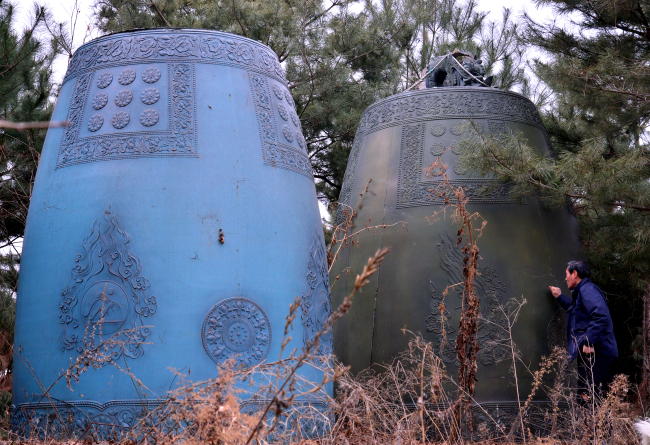
The original bell designated National Treasure No. 2 was made in 1468 during the Joseon era, when such large bells functioned as a means of communication.
Over the past 58 years, Won has produced roughly 8,000 bells -- temple bells, art bells and miniature bells -- at a state-of-the-art bell production facility in Jincheon, North Chungcheong Province.
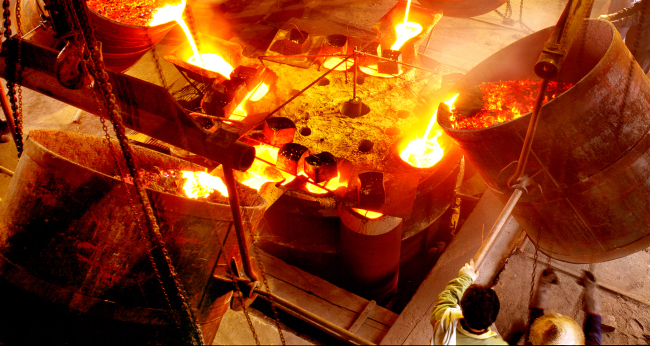
In 2001, Won was selected as the holder of Korea’s Intangible Cultural Heritage No. 112, in recognition of the traditional casting method known as the Beeswax Casting Process, which he created after 10 years of research and development.
The method brings out intricate patterns on a smooth surface and produces clear bell sounds.
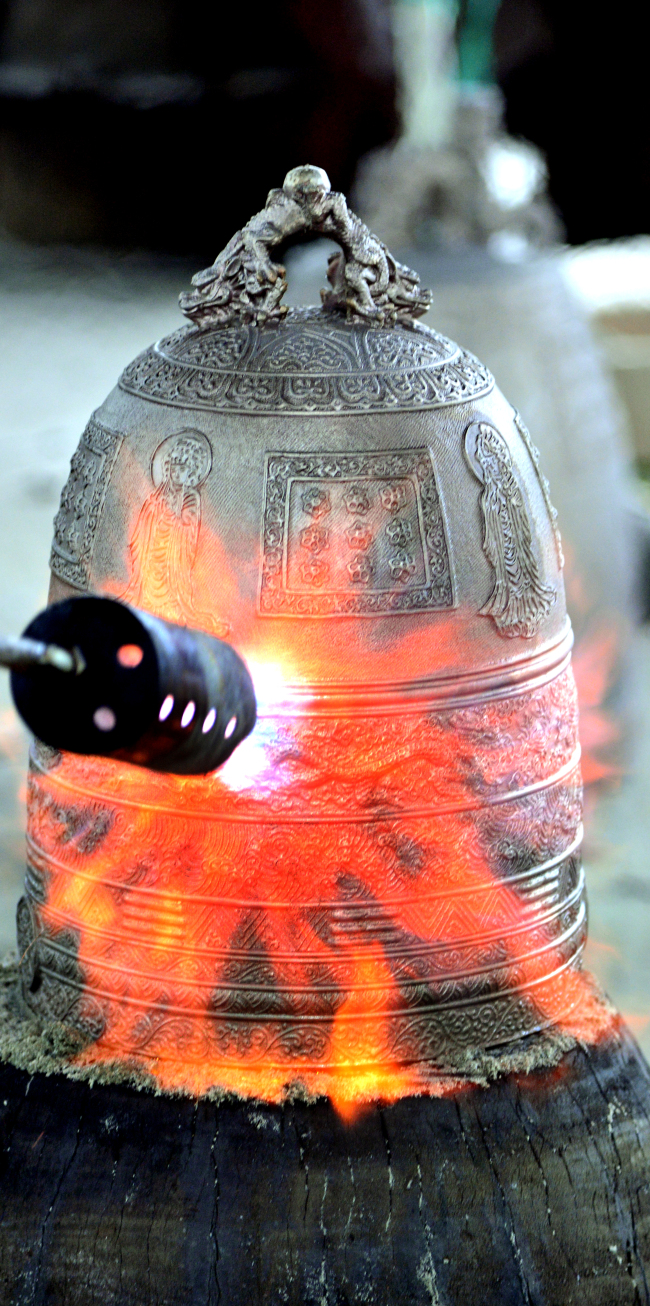
Gaining popularity worldwide, Won’s bell company Sungjongsa has exported products to 18 countries, including the US, Vietnam, Thailand and Singapore.
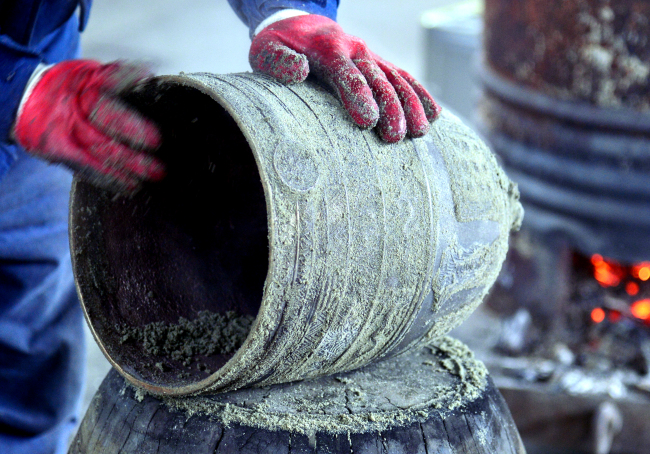
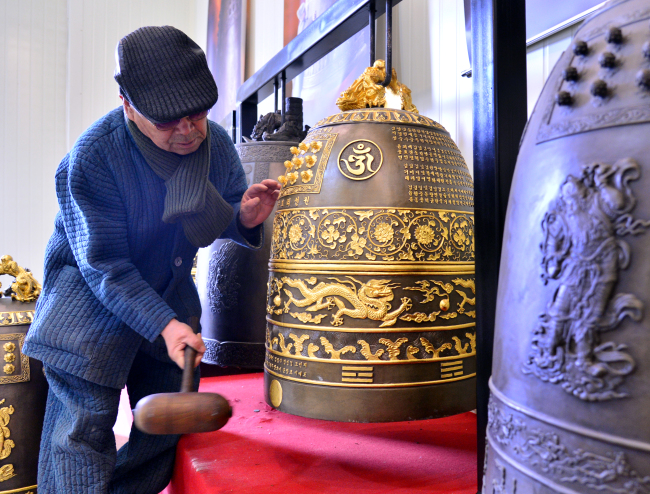
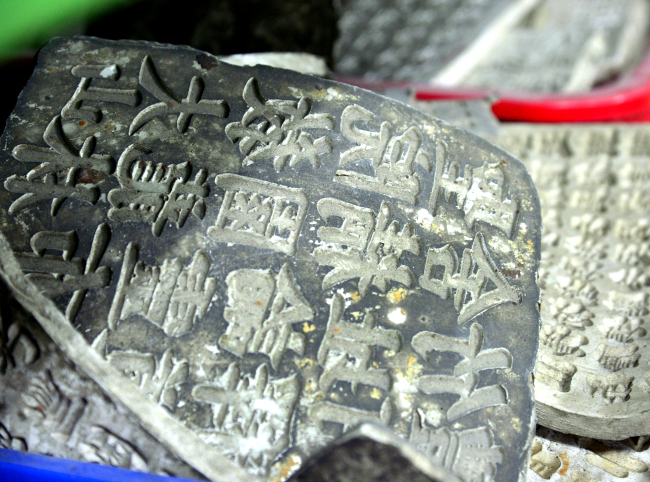
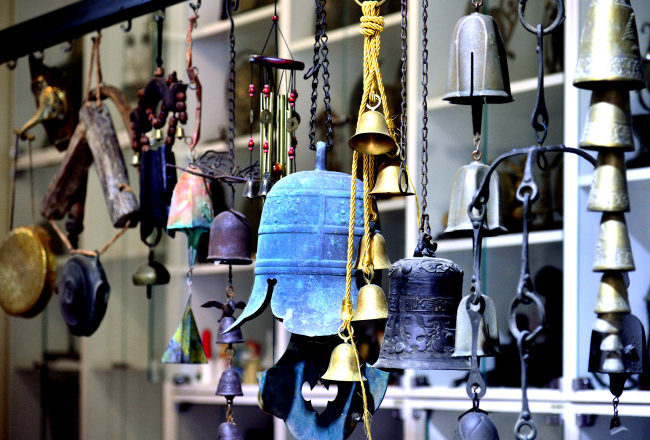
Photos by Park Hyun-koo
Written by Kim Bo-gyung
Similar versions of the 3-meter-tall steel bell can be spotted at many Buddhist temples and landmarks here, such as the iconic N Seoul Tower.
Won Gwang-sik, a master of traditional metalcraft, created the bell in Bosingak, after the original bell was sent to the National Museum of Korea for preservation in 1985.

The original bell designated National Treasure No. 2 was made in 1468 during the Joseon era, when such large bells functioned as a means of communication.
Over the past 58 years, Won has produced roughly 8,000 bells -- temple bells, art bells and miniature bells -- at a state-of-the-art bell production facility in Jincheon, North Chungcheong Province.

In 2001, Won was selected as the holder of Korea’s Intangible Cultural Heritage No. 112, in recognition of the traditional casting method known as the Beeswax Casting Process, which he created after 10 years of research and development.
The method brings out intricate patterns on a smooth surface and produces clear bell sounds.

Gaining popularity worldwide, Won’s bell company Sungjongsa has exported products to 18 countries, including the US, Vietnam, Thailand and Singapore.




Photos by Park Hyun-koo
Written by Kim Bo-gyung







![[KH Explains] Hyundai's full hybrid edge to pay off amid slow transition to pure EVs](http://res.heraldm.com/phpwas/restmb_idxmake.php?idx=644&simg=/content/image/2024/04/18/20240418050645_0.jpg&u=20240419100350)




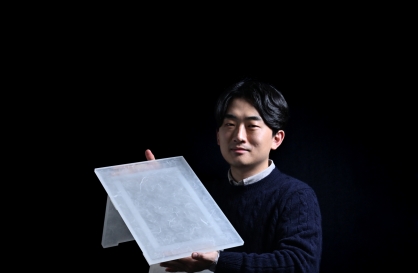
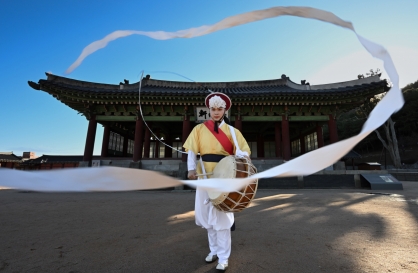
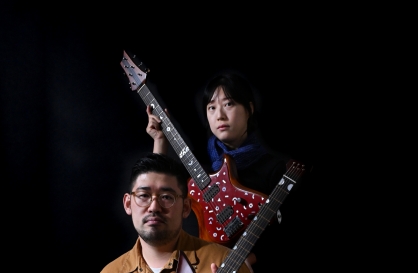
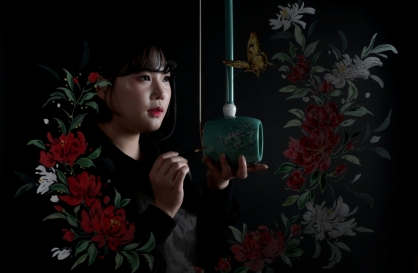
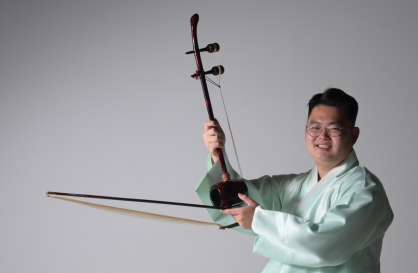


![[From the Scene] Monks, Buddhists hail return of remains of Buddhas](http://res.heraldm.com/phpwas/restmb_idxmake.php?idx=652&simg=/content/image/2024/04/19/20240419050617_0.jpg&u=20240419175937)

![[KH Explains] Hyundai's full hybrid edge to pay off amid slow transition to pure EVs](http://res.heraldm.com/phpwas/restmb_idxmake.php?idx=652&simg=/content/image/2024/04/18/20240418050645_0.jpg&u=20240419100350)

![[Today’s K-pop] Illit drops debut single remix](http://res.heraldm.com/phpwas/restmb_idxmake.php?idx=642&simg=/content/image/2024/04/19/20240419050612_0.jpg&u=)